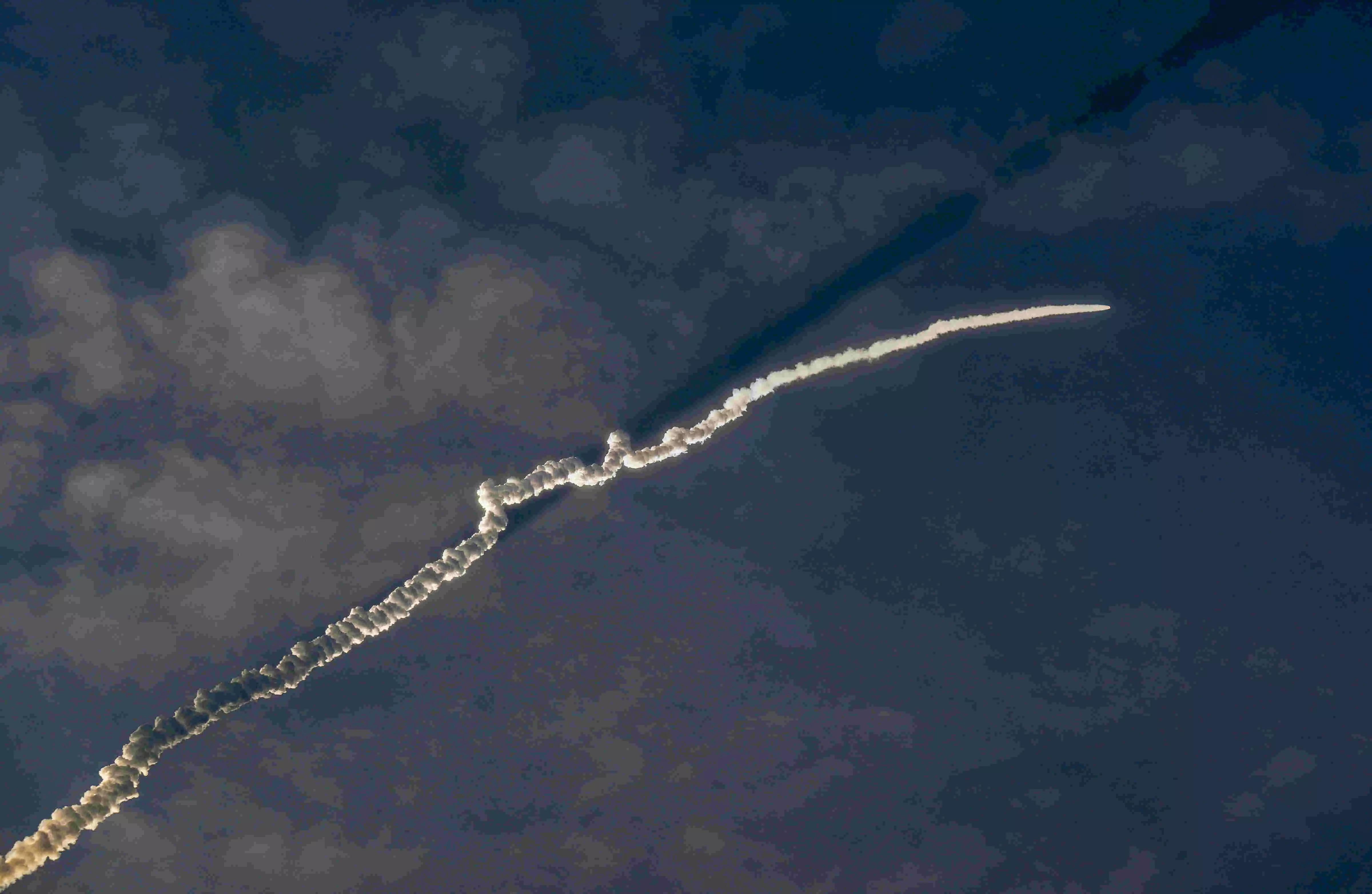Sobering Setback

India’s space ambitions suffered an unexpected blow on Sunday morning when the PSLV-C61 mission, carrying the Earth Observation Satellite EOS-09, failed to achieve orbit due to an anomaly in the third stage of the rocket. The Indian Space Research Organisation (ISRO), which has enjoyed an enviable success rate with its trusted Polar Satellite Launch Vehicle (PSLV), confirmed that while the first and second stages of the vehicle performed as expected, a sudden drop in chamber pressure in the solid-fuelled third stage led to the mission’s failure. Notably, this is only the third unsuccessful PSLV mission in over three decades. The failure of the mission in discussion assumes considerable significance because EOS-09 was viewed as a potential strategic asset, which was designed with advanced synthetic aperture radar (SAR) technology to deliver real-time, all-weather, day-night imagery critical to India’s surveillance, environmental monitoring, and disaster response capabilities. Its failure to reach orbit is, therefore, as much a strategic setback, as it is a scientific one. The EOS-09 mission was part of a broader constellation of Earth observation satellites aimed at enhancing national capabilities in agriculture, forestry, soil moisture mapping, and especially in border surveillance. Needless to say, its significance appears even more magnified in the wake of heightened regional tensions that have nudged India to expand its defence arsenal.
ISRO’s PSLV rocket has long been a workhorse for the nation. It has, thus far, provided satellites for Chandrayaan-1, the Mars Orbiter Mission, and even helped launch satellites for over 30 countries. Yet, this failure—coming on the heels of another in January 2025 when the NVS-02 navigation satellite also fell short due to a faulty oxidiser valve—raises tough questions, however bleak, about systemic pressures and the readiness of ISRO’s current ecosystem to support an increasingly complex and crowded slate of missions. Nevertheless, it may be worth clarifying here that ISRO’s success leaps in recent years have been far more impressive vis-à-vis the setbacks received due to its failures. Clearly, India now stands at a juncture where its ambitions in the space domain are no longer purely civilian. The Space-Based Surveillance-3 programme, which aims to put 52 surveillance satellites in orbit—31 of them through private partners—requires a robust, error-proof infrastructure and constant technological refinement. Private sector participation is also welcome and necessary, but as the EOS-09 setback illustrates, it must be supported by rigorous quality control, adequate testing infrastructure, and sustained mentorship from ISRO.
In modern spaceflight, reliability, cost, and speed form a challenging trinity. With timelines increasingly dictated by military urgency and climate imperatives, delays and technical mishaps cannot be allowed to become routine. At the same time, it is crucial to recognise that space science is inherently risky, and failure is part of its learning curve. What matters the most now is how the system responds to its failures. ISRO Chairman V Narayanan’s prompt acknowledgment of the anomaly and his commitment to investigate it thoroughly is indeed encouraging. Hopefully, this promise will be fulfilled.
Going forward, India must invest not just in launch vehicles and satellites, but in the entire lifecycle of missions. The scale of India’s space ambitions, including a human spaceflight programme, rising international collaboration, and commercial launch commitments, demands that ISRO be given the resources, autonomy, and institutional bandwidth it needs to operate at world-class standards. To sum up, the failure of PSLV-C61 is a reminder that the cost of spacefaring success is paid in setbacks. But with accountability, innovation, and investment, each failure can become a stepping stone toward strategic strength. India’s space programme must learn quickly, adapt faster, and never lose sight of the high-stakes mission it has now taken upon itself.



